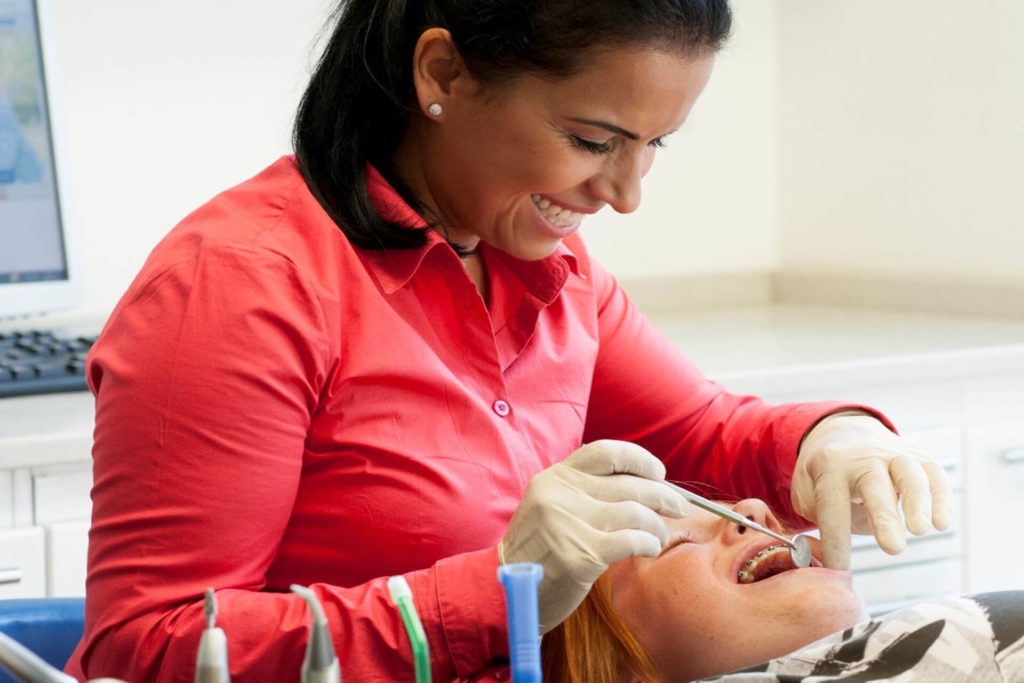Patient satisfaction is often considered with how the patient evaluated the healthcare experience. You might equate higher patient satisfaction with compliance to your patient’s obscure needs, however, that can be detrimental to your practice. Instead, you are expected to lay down all the possible treatment routes you could take for each patient’s unique needs.
You don‘t think that‘s possible? There is not enough time? Do you say that you only suggest the best treatment? That might be true but you need to consider that the patient’s liking or preference for treatment might logically clash with yours. Implement the ABCD system of planning to offer simple solutions that work.
Better results despite simplified treatment?
Often, dental professionals get so caught up in the complexity and intricacy of various treatment plans that they fail to implement the values of lean management to simplify their process. Yes, you can use complex techniques as the Sato or the Multiloop technique to harmoniously align the jaw with the upper arch, selectively when you need them, but not as standard. What do I mean by that?
Complex techniques like such can be used in certain special scenarios but you must understand that they are time-consuming and of course complex, which inevitably lead to a dead end. Consider what is more effective and more efficient for you. Is it easier for you to bend a multiloop bow for each interdental space after you have drawn the respective biomechanical force system? Will that also include individual root morphology? Oh, but will it take too much of your time?
How about give the Baxmann Keys a chance? You can strengthen or weaken the anchorage depending on the result and apply the given archwire sequence of the straight wire technique. The Baxmann Keys make it possible to focus clearly at each appointment on what is really important and what should be checked, preventing overtreatment and eliminating waste that may arise from manpower, resources, or time.
The Baxmann keys are as follows:
- the cuspids always stand on both sides in class I.
- the molars are always stably interlocked on both sides in a complete class I, II, or III.
- the midlines of the upper and lower jaw are identical and parallel to each other and to the facial axis.
A deviation from upper jaw to lower jaw centerlines of a maximum of 2 mm to each other or to the facial axis is tolerable if the corresponding axes are parallel. In the case of asymmetry, the upper and lower jaw must also follow the curvature of the facial axis in parallel.
While you and your employees might yearn to achieve the best possible outcome for your patient, it is smart to do so by pursuing a sensible, meaningful activity, in order to get to the point even more concisely. More examples of the Baxmann Keys can be found in the book: “Dr. Baxmann´s Lean Orthodontics® – The Ultimate Guide To Excellent Clinical Orthodontics Vol.3: ABCD System”.

